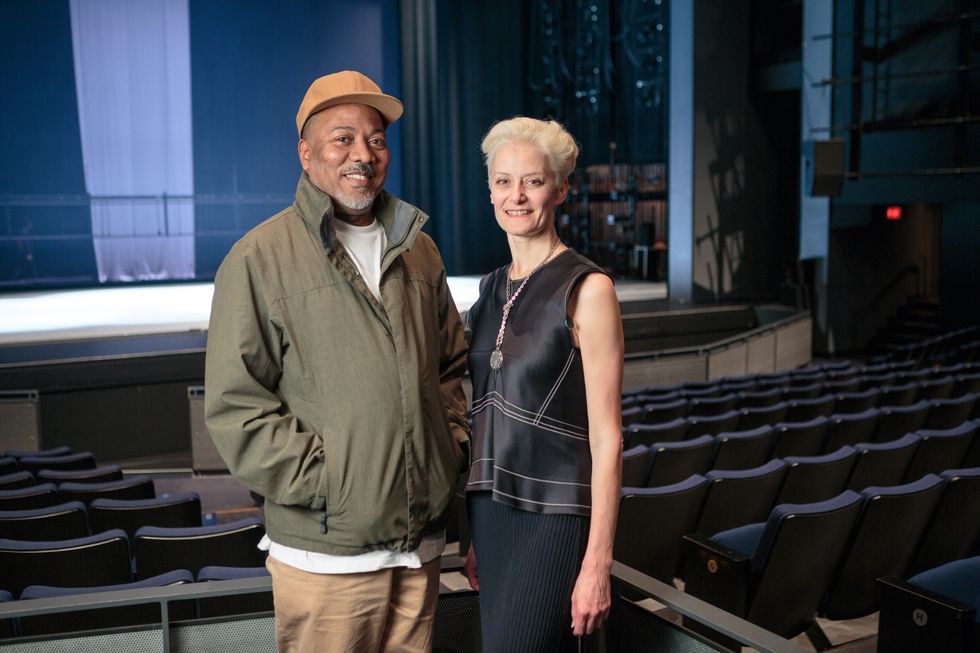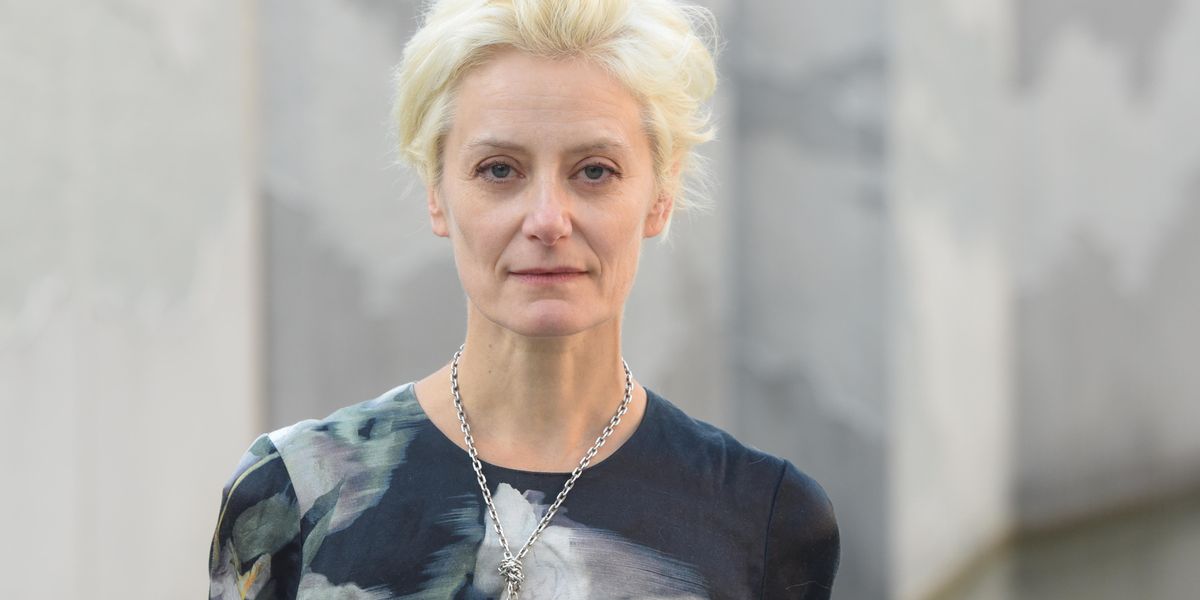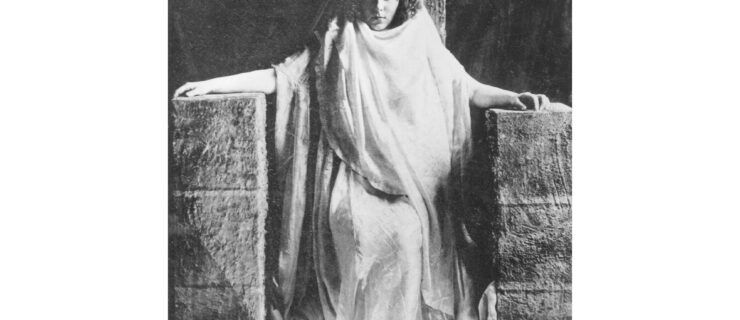From Ballerina to CEO: How Muriel Maffre Started "A Second Life"
Muriel Maffre is no less elegant up close in pedestrian clothing than she was onstage in glittering tutus. Since retiring from San Francisco Ballet, where she danced as a principal from 1990 to 2007, Maffre has been deeply involved in the Bay Area arts community. She has taught and worked at Alonzo King LINES Ballet, Stanford University, Richmond Arts Center and, most recently, the Museum of Performance + Design, where she served as executive director.
Earlier this month, Maffre returned to LINES as its CEO. A week after starting her new position, we caught up with her to talk about life after ballet, her foray into the museum world and her excitement to helm an organization she loves.
What was it like transitioning out of SFB?
When I left the stage, I was recruited by Stanford to be on faculty in their dance division. I taught there for three years and during that time obtained my masters in museum studies.
I wanted to function at a high level and open my horizons, which eventually meant leaving the insular ballet world. It’s changing; it’s more porous now. But after so many years you start to imagine that the world is small; it’s just ballet. You know there are other things out there, but you tend to shrink everything. So I was very conscious of that and I knew I wanted to put it aside and start from scratch.
But you didn’t really start from scratch. You very quickly moved into an executive position at the Museum of Performance + Design.
My first step into the museum world was working at the Richmond Arts Center. That’s pretty much starting from scratch. I came in as a curator fellow and moved into an administrative assistant position. And I came in not telling anybody who I was. I had to develop skills and rely on qualities besides what I had achieved in ballet and build confidence in that way.
Do museums and dance companies share common problems in attendance/viewership?
Yes. It’s even more a problem here in America. Compared to in Europe, art in America remains accessory to life. In Europe it’s just second nature. In this country we are working towards that goal. We believe strongly in what art does for our well-being, what it does for society and communities. Life and art should not be separated.

Maffre with Alonzo King. Photo by Chris Hardy, courtesy LINES
What advice would you give to someone who’s thinking about retiring from dancing and wants to venture out?
Leaving the stage is always a crisis of identity. I’d advise dancers to face it with courage. Don’t feel that because you lose the status you lose anything that you have achieved before. It may seem like you’re starting from scratch, but it’s a second life. It’s an enrichment, an amazing opportunity to do even more.
When you are still dancing, I think it’s important to cultivate curiosity: Curiosity for other environments, curiosity for others. I had that appetite. I’m now able to be at the helm of this organization and really feel empowered to make a difference. I’m coming back to my first love.




